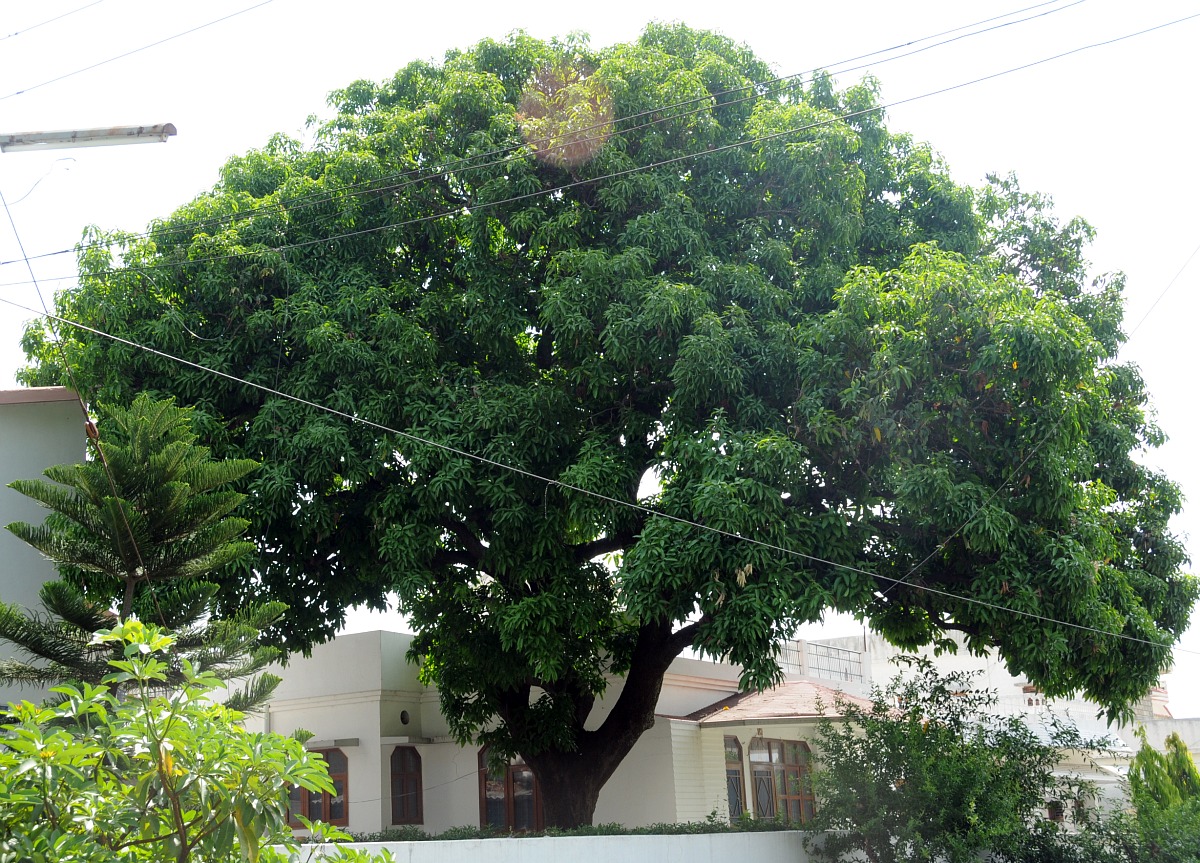I recently saw a presentation from Trees Forever, a local organization focused on trees (of course). They explained the benefits of trees, but I really had no idea about ALL the benefits a tree provides.

The message focused on four main areas how trees help us out:
So it definitely pays to invest in trees in your yard. The rule of thumb they provided was a 4:1 ratio, so for every $1 you spend on a tree, you'll get $4 in savings. To learn more about the financial benefits of trees, visit TreeBenefits.com to calculate what you can save long term.
Visit Trees Forever to learn more about their organization.

- Save energy by reducing utility bills
- provide shade to reduce air conditioning needs in summer
- reduce "heat island effect" in cities with lots of cement (also reducing air conditioning)
- slow down winter winds to reduce heating needs in winter
- Reduce stormwater run-off into streams and rivers
- Rain is intercepted by tree leaves, slows down amount of rain that lands on the ground
- Rain is absorbed by tree roots, instead of drained into streets
- Tree roots make dirt more porous, allowing faster absorption of rain into ground (and back into aquifers after being cleansed and filtered by the soil)
- Reduce carbon dioxide (CO2) escaping into atmosphere
- Trees need carbon to breathe so the more there are, the less that escapes
- Property value increase for your home when you have:
- Mature trees (about 2% increase for medium/large trees in your yard, up to 15% increase in high income neighborhoods)
- Trees in the front yard (about 3-5% increase)
- Good tree coverage in the neighborhood (about 6-9% increase)
So it definitely pays to invest in trees in your yard. The rule of thumb they provided was a 4:1 ratio, so for every $1 you spend on a tree, you'll get $4 in savings. To learn more about the financial benefits of trees, visit TreeBenefits.com to calculate what you can save long term.
Visit Trees Forever to learn more about their organization.








